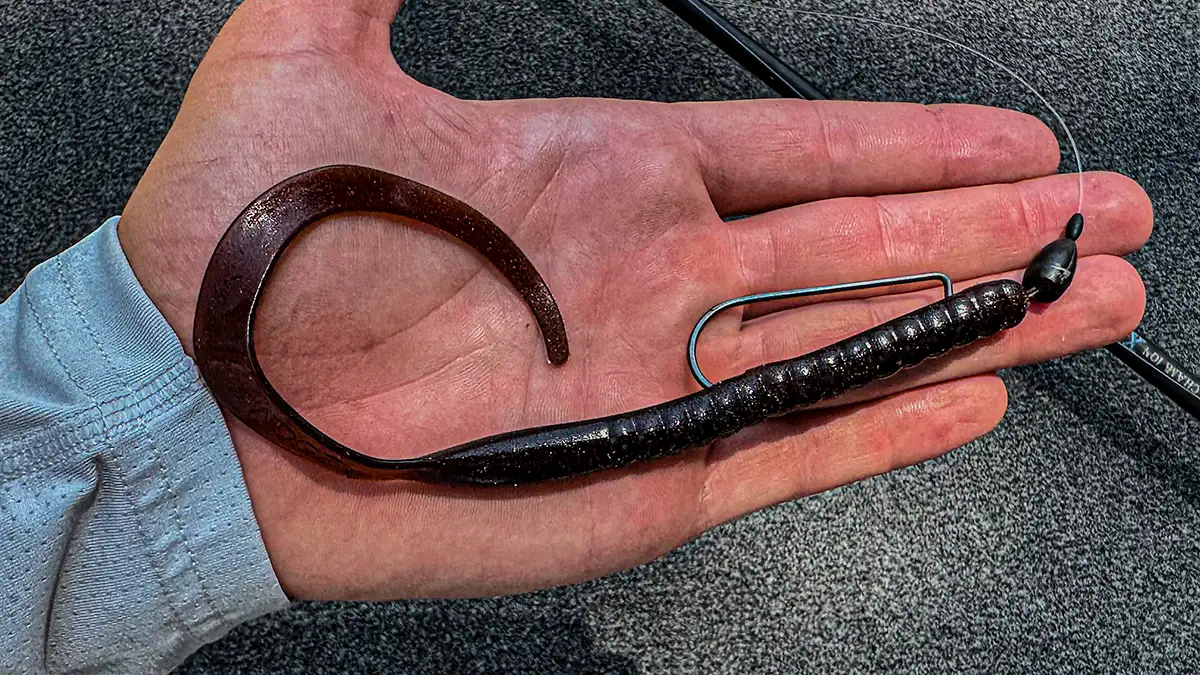Dragging a worm is a highly effective method for catching big bass during late summer. As water temperatures rise and bass become sluggish, a plastic worm presents a perfect opportunity to entice bites. The versatile appeal of a worm stems from its resemblance to various forage types, such as leeches, worms, crawdads, and baitfish. Moreover, its slow presentation makes it ideal for enticing territorial bass that prefer not to chase fast-moving baits.
During the late summer months, bass tend to move deep in search of cooler waters, making dragging a worm around offshore structures highly successful. Brush piles, shell beds, and isolated rocks are all potential hotspots for targeting bass with this technique. The process involves casting a big ribbon tail worm and allowing it to sit and tempt the bass into striking. Downsizing to a smaller bait after a few casts can also help target larger fish and reduce interference from smaller ones.
To successfully drag a worm, patience is key. Allowing the worm to sit in front of bass for an extended period increases the chances of triggering a strike. Ensuring bottom contact is also crucial, especially when fishing hard cover like shell beds or brush piles. Using a tungsten weight increases sensitivity and enhances the ability to feel the bottom and detect potential bites.

The right setup is essential for worm dragging. A heavier casting setup with a long, heavy-action rod works well for throwing larger worms and pulling fish out of cover. A reel with a decent-sized spool and 15 to 17-pound line completes the casting setup. For smaller worms, a medium-action spinning rod with a slightly larger reel is ideal. This setup allows for better control over fish when reeling them out of cover, and a 15-pound braided line connected to a 10 to 12-pound fluorocarbon leader is suitable for this application.
Dragging a worm is a productive and straightforward technique suitable for both experienced and novice anglers. It provides an excellent opportunity to catch a variety of bass species during late summer, making it a reliable go-to approach for fishing success.





